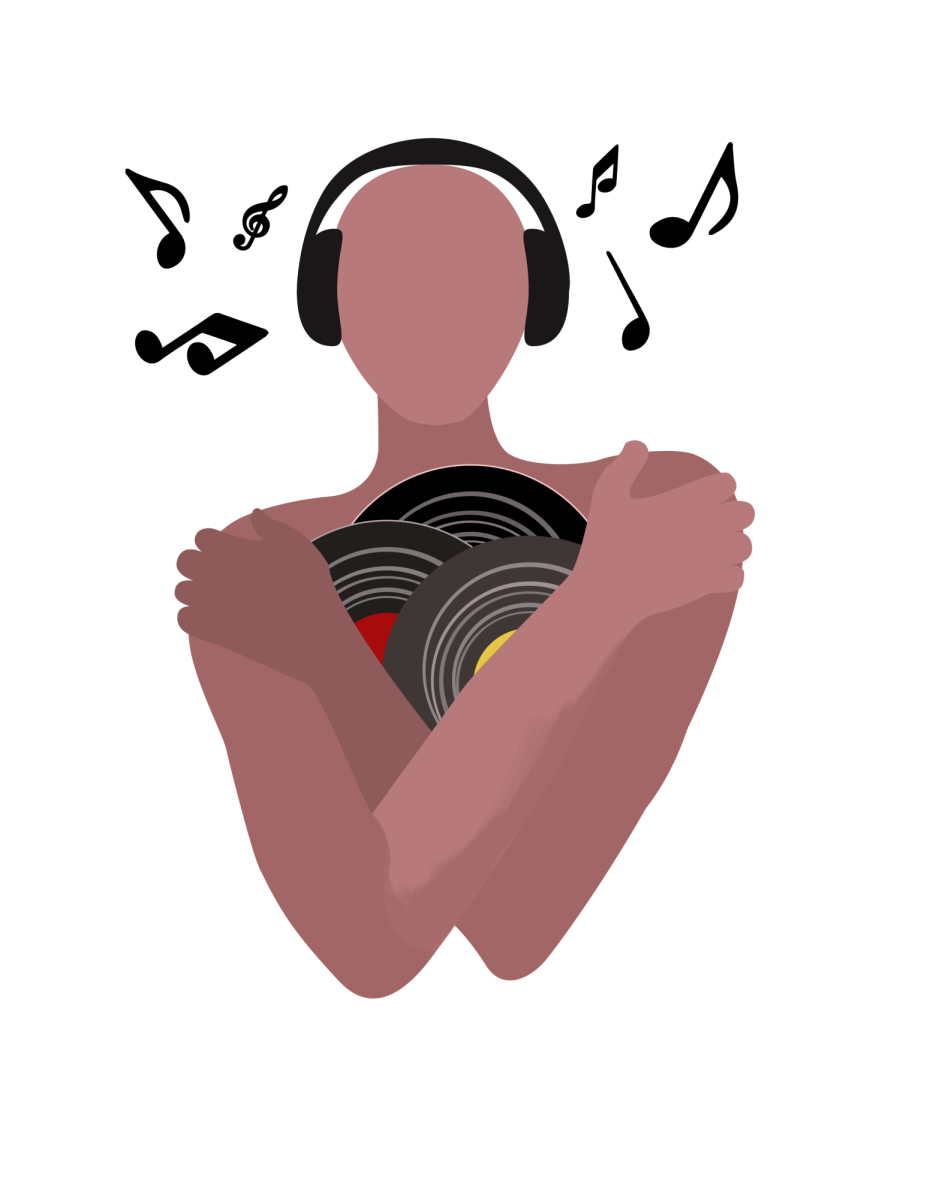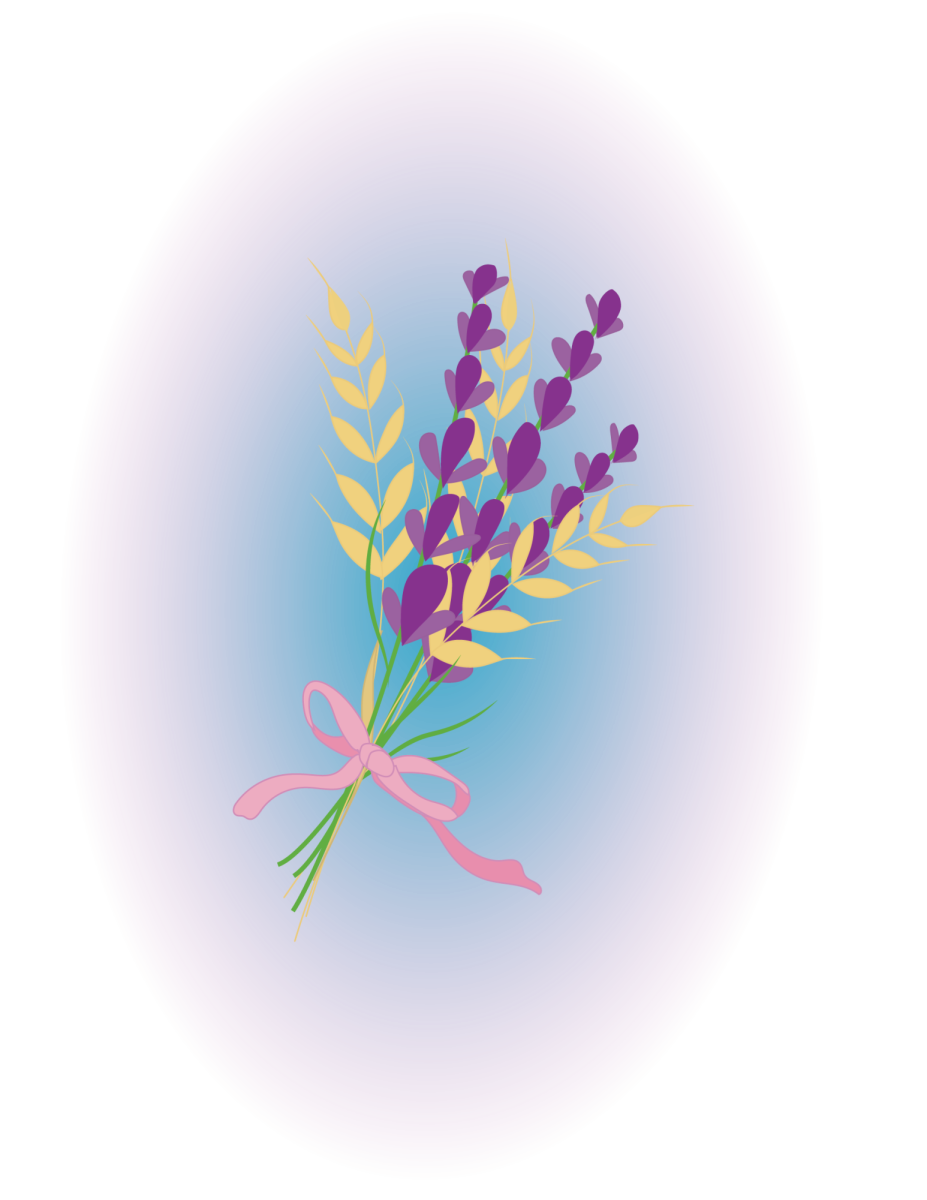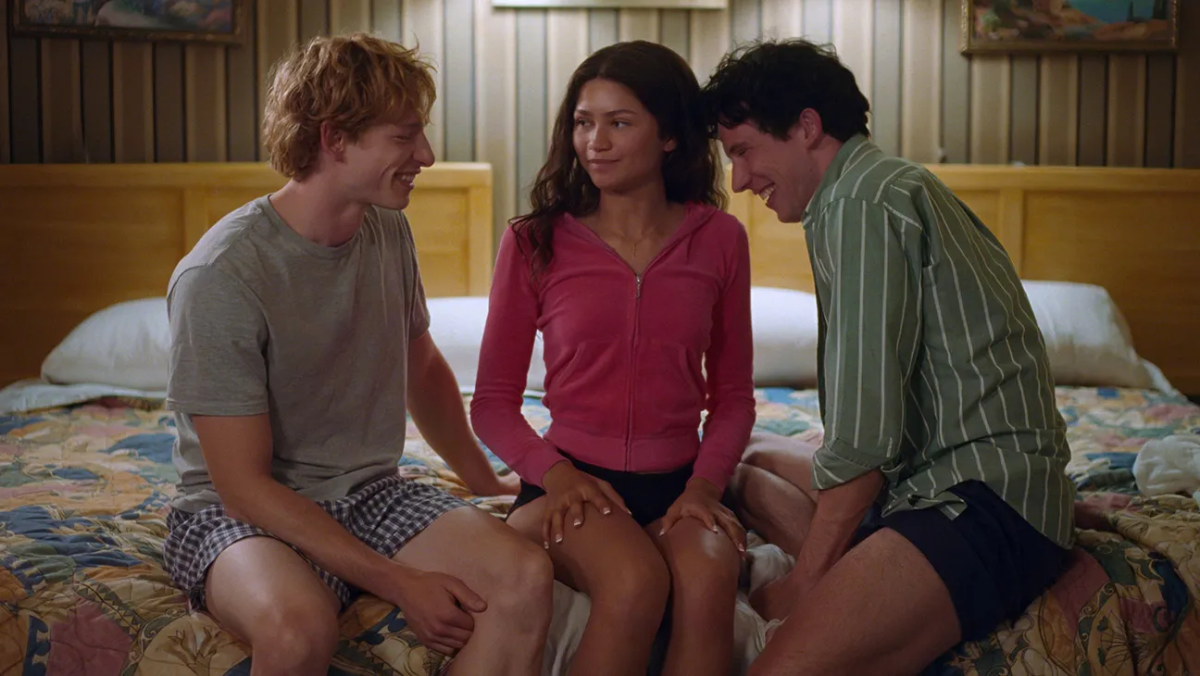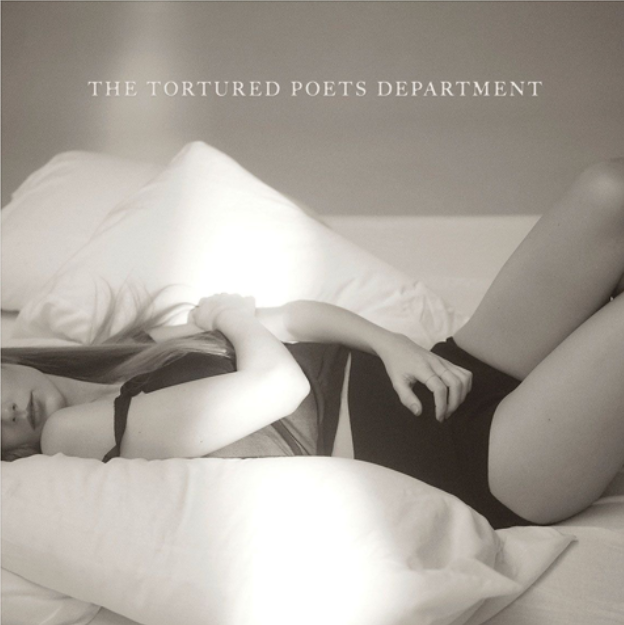Do you ever have wildly bizarre dreams? The ones with people who do not belong in the same room together, plots that take you by surprise, instances where the unexpected always happens and by the end of it, you cannot even begin to articulate what you witnessed in your slumber? Enter “Rouge” by Mona Awad.
The experience of reading a novel by Mona Awad – “13 Ways of Looking at a Fat Girl,” “Bunny” and “All’s Well” – is a little bit like this: you are not entirely sure what is going on, but you are certainly along for the ride. Awad’s signature writing style is stories that are a combination between a psychedelic trip and a bizarre dream you can not explain.
“Rouge” follows the beauty-obsessed Belle, who returns to Southern California following her mother’s unexpected and strange death. Leaving behind an apartment, lined wall to wall with jars of beauty lotions, serums, masks and more, Belle uncovers the secrets around her mother’s life and death as she finds herself lured into an exclusive spa with unorthodox treatments, and teeters dangerously close to her mother’s path of madness and perfect skin.
Narratively, the novel pulls from many fairytale and mythic stories. Belle’s dynamics with her mother, Noelle, mirrors the Greek myth of Persephone, her mother, Demeter, and Hades. In the myth, Hades lures Persephone from Demeter into the Underworld, while in “Rouge,” Belle is drawn into the tempting realm of obsessive beautification through the services offered at the spa. At times, this distinction becomes gray when Noelle seems the caricature of Hades, pulling her daughter down the dark web of her own past.
There are more general fairytale tropes, as well, such as the heroic and dashingly gorgeous prince coming to save the day, a monster who is tactfully and unexpectedly disguised, the task of sneaking into a garden to steal unwonted objects and more. These reinforce the picture of Belle as a cliche damsel in distress, falling victim to many prey, including herself. The effect of these tropes contribute to the narrative style, overwhelming readers into a constant state of confusion.
More obviously, the novel satirizes various fairytale tropes, specifically references “Snow White.” In the original “Snow White,” the vain queen asks the mirror who the fairest of them all is; in “Rouge,” mirrors play a mysterious role of persuasion and influence, compelling Belle and her mother to consider their value through their appearance and influencing their actions, oftentimes in horrible and grotesque ways.
The novel’s greatest strength is its subtle commentary about the dark reality of a consumer-obsessed world. An element of this twisted neo-fairytale comes through the question, to what lengths would one sacrifice one’s soul in favor of flawless beauty? Belle and her mother are trapped in a state of self-revulsion that they believe can only be fixed through the purchase and consumption of more material things.
Belle’s self-consciousness runs deeper than her mother’s simple desire to be beautiful; Belle is biracial and grows up in the shadow of her mother’s natural beauty, cursing her father’s Egyptian ancestry. As a brooding teenager, Belle physically lives in the shadow of her mother’s brightness i.e., her white skin, and metaphorically envies her mother’s graceful and transcendent nature. Imagine her delight when the unorthodox beauty “Glow” offered by the mysterious, exclusive spa is none other than a “Brightening” or “Whitening” treatment. At the price of a sense of herself and her skin stands the possibilities of unfathomable and untouchable beauty.
As a result of the racial dynamic between Belle and Noelle, “Rouge” maps the complicated relationship between mother and daughter, the balance between praise, admiration, envy and hatred. Through Belle’s spiraling journey into madness, confusion and rage, Awad traces a realistic story of grief, in which traumatic events, not the excessive purchase of hundreds of dollars worth of scam beauty products, can often be the catalyst to heal broken relationships.
“Rouge” loses its enthralling power in its length, which would better serve readers if it were about 75 pages shorter. While Awad has become notable for her Angela Carter-esc descriptions that throw readers down a creepy and confusing dark rabbit hole, sections of “Rouge” feel repetitive, taking away from the suspense and hallucinative effect.
In Awad’s repertoire, “Bunny,” a novel that is a mix between “The Secret History” and “Heathers,” remains the shining winner. Though “Rouge” has an electric element of innovation and joins Awad’s list of books that are not easily compared to other contemporary fiction, its true brilliance is found in its certain key scenes and overall message against the harmful cult of mass consumerism.



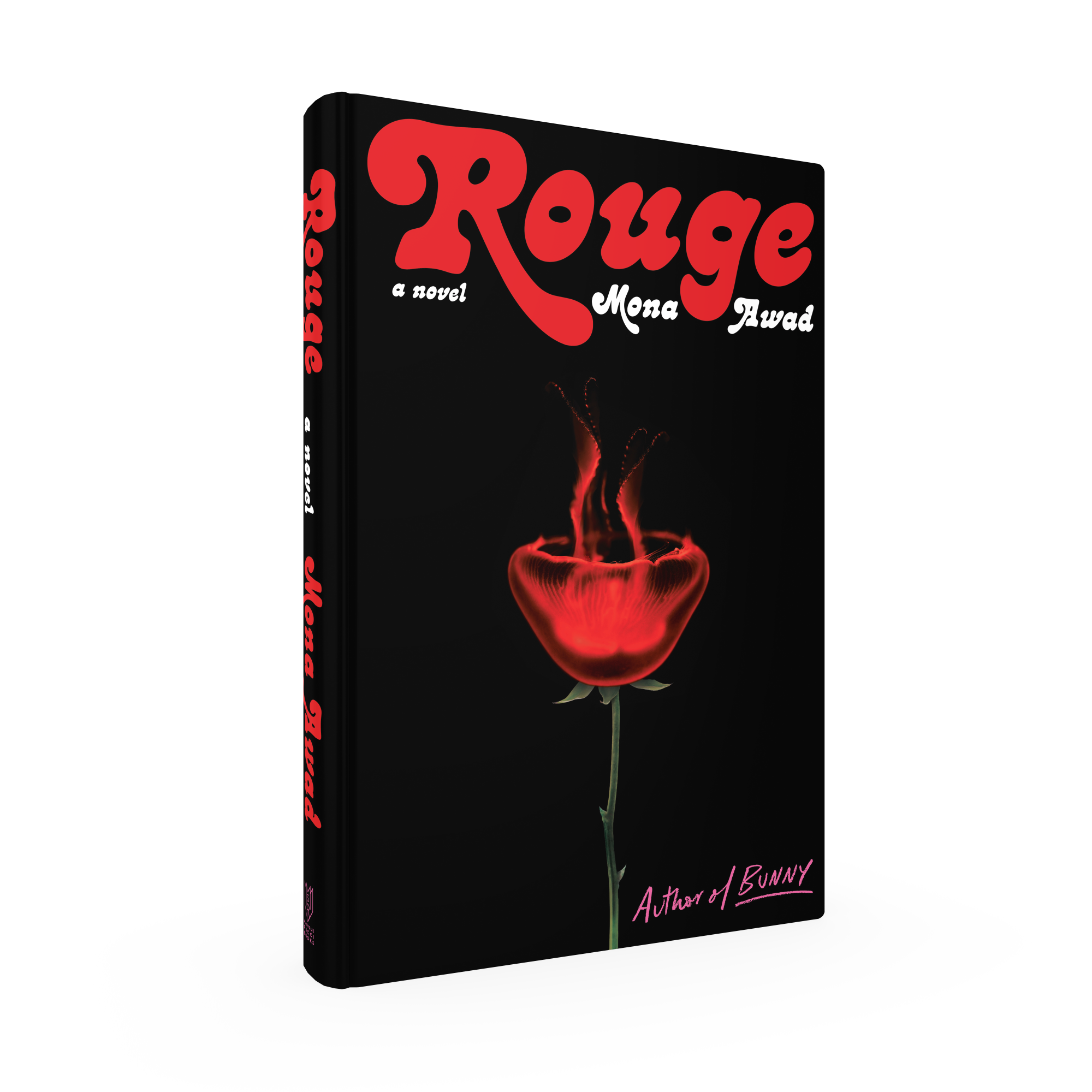
![The Teskey Brothers [Crew] gather together for a curtain call in front of a raucous St. Louis crowd after a two-song encore. (Photo courtesy of Vertrell Yates / @trellseyephotography)](https://unewsonline.com/wp-content/uploads/2024/05/Screenshot-2024-05-21-232057.png)
